-
Posts
220 -
Joined
-
Last visited
-
Days Won
11
Content Type
Profiles
Forums
Blogs
Gallery
Events
Store
Posts posted by POWCollector
-
-
Next up is quite a scarce find.
William Basil Rudd was born on the 7th of June 1918. In 1938, whilst working at the HM Dockyard Portsmouth, he joined the Portsmouth Aero Club. In September of 1938 he joined the Civil Air Guard which was a scheme set up to subsidise pilot training fees for Civilian flying clubs who could assist the Royal Air Force in time of emergency. He lived at 116 Malins Road, Mile End, Portsmouth.
On the outbreak of war, William Rudd volunteered to join the Royal Air Force but received a letter from the air ministry apologising that the RAF couldnt absorb Civil Air Guard members at the present time. ( See the letter in pictures).
William persevered and eventually he enlisted in the Royal Air Force on the 22nd of May 1940. After he finished his training he joined 152 Squadron based at RAF Warmwell flying Spitfires on home defence operations. Throughout June 1941, Rudd was scrambled many times flew many patrols over: Plymouth, Lizard Point, Falmouth, Perranporth, Scillies, searches for a destroyer 15 miles from base, Lundy isle and St Ives.
In July 41, he was posted to 601 Squadron flying sorties over Dunkirk, St Omer, Lille and Calais seeing lots of engagements with the enemy fighters. On the 8th of July, the Squadron moved from Rochford to Hornchurch. Rudd was one of those who flew one of the Squadrons aircraft over to the new base. (I have obtained the Operations Records books for each squadron he was in and have picked out some interesting events)
On the 12th, the squadron were tasked to cover and escort 3 Stirlings. They encountered the enemy in great force over St Omer and had some successes. Sgt Pilot Jackman claimed one Destroyed and one damaged, Sgt Prythereh claimed one probable and Flight Lieutenants Gilroy and Delorme each claimed one damaged.
On the 21st of July, the squadron were target support wing to a 'Circus' over Lille being led by Wing Commander Gerald Stapleton (Battle of Britain ace and later POW himself). Over Lille they sighted 15 Messerschmidt 109's. They dived and a big dogfight ensued. Sgt Tabor (A battle of britain pilot who came from 152 Squadron with Rudd) returning at '0 feet' destroyed a Me109-F which was landing and shot a man off of a watch tower. Sgt Delorme destroyed a Me109-E in the dogfight and Sgt Archibald damaged another. Wing Commander Stapleton also destroyed one.
On the 23rd, 8 of the squadrons aircraft covered a circus over Bethune. Sgt Wood had to return to base due to an oil leak and Pilot Officer Keables hood was shot off. The remaining 6 aircraft were jumped by twenty Me109's. Sgt G Tabor was reported missing and later found out to have been killed.
On the 30th of July, Sgt Rudd reported to 222 Squadron.
On the 17th of August, the squadron took off to escort three Blenheims to Torpedo an enemy ship in Le Touqet. The Attack was successful.
On the 19th the Squadron took off to rendezvous with six Blenheims to Hazebrouck. Squadron heavily engaged with enemy fighters Flt Lt Martin probably destroyed one and Sgt Ptacek reported missing - feared lost.
On the 21st, the Squadron took part in an offensive fighter patrol over St Omer. Pilot Officer Burgess and Sgt Pilot Rudd each fired at and destroyed a Messerschmidt 109. Burgess at Bf109-F and Rudd a Bf109-E.
On the 2nd of September, Rudd was in a Fighter Sweep over St Omer and Le Touqet at 24,000 ft.
On the 4th of September, the squadron was ordered to escort 12 Blenheims to bomb Masingarbe. Sgt Pilots Sharples and Rudd were reported missing.
William Basil Rudd was shot down and baled out over Dunkirk and was captured on the same day.
As an NCO, he was obliged to work but the Germans knowing that RAF prisoners were generally pretty intelligent, very brave and escape minded decided not to make RAF NCO's work to avoid them escaping on work parties.
He was sent to Dulag Luft near Frankfurt for interrogation which he described as 'Normal'.
From mid September 1941 to May 1942, he was imprisoned at Stalag VIII-B at Lamsdorf. Due to overcrowding, the majority of the 600 airmen at Lamsdorf were transferred to Stalag Luft 3 at Sagan. From May 1942 he was held at Stalag Luft 3 until he was entrained for Stalag Luft 6 at Hydekrug in Lithuania in June 1943. In July 1944, fearing the Russians were getting too close, the Germans moved the Prisoners from Luft 6 to Stalag 357 at Thorn which was a fortress camp. In August 1944, he was transferred to Stalag 357 Fallingbostel where he stayed until April 1945.
On the 6th of April 1945, the prisoners of Fallingbostel were marched away from the advancing russians. On the 19th of April the column of marching prisoners was accidentally strafed at Gresse by a British Typhoon which resulted in over 60 Fatalities and many more injuries.
In early May 1945, the prisoners marched over British lines after the hard work of Sgt James 'Dixie' Deans who had given the German Commandant, Ernst Ostmann, the ultimatum of either be taken prisoner by the Russians or the British. Ostmann allowed Deans to go to the British Lines to warn them that many columns of POW's were being marched and not to attack them again. Deans returned to the column and marched them across the British lines where he accepted Ostmann's surrender.
William Basil Rudd was interviewed about his time as a prisoner of the 9th of May 1945.
The items i have are Rudd's original Civil Air Guard log book which shows flights on many different aircraft, a letter from the RAF about being unable to take him at the time, a CAG button and his original RAF wings which he was issued and probably wore throughout his time as a POW. The whereabouts of his medals were unknown to the family so i have added them to my display and if i ever were to sell the grouping, they would be removed just to clear it up!
Hope you have enjoyed this one!
1 -
Another South African single medal ebay find...
Jan Gabriel Stoltz was born on the 3rd of July 1918 and on enlistment in January 1941 was living in Middelburg, South Africa. He worked on houses and in the streets.
He enlisted as 39988 Pte J G Stoltz into the 2nd battalion of the Regiment Botha, Part of the 5th South African Infantry Brigade. He served in North Africa and was captured on the 23rd of November 1941 at Sidi Rezegh.
Jan was first held at PG 52 Chiavari arriving here on the 5th of January 1942 and was held here until the 8th of August 1942. From Chiavari, he was sent to a work camp detatchment of PG 107 at Udine and he worked here on a Farm until the Italian Capitulation on the 8th of September 1943.
Jan managed to evade the Germans and live in Italy presumably at Farms (most likely the one he had been working at as is common with other POWs) until he was recaptured and sent to Stalag 7a at Moosburg in Germany arriving here on the 12th of December 1943. On the 23rd of December he was sent to work on the Arbeitskommando 3785 where he was employed working on houses as he had done in his civillian life.
He was liberated on the 15th of April 1945 by the advancing allied and ended his war service as a Sergeant. He was interviewed about his time as a prisoner of war on the 15th of May 1945.
1 -
Well done on the latest group! Glad you have finally managed to find a Canadian Hong-Kong group, especially one with post war service and a named medal too! I always like seeing the photo of the recipient too! Really interesting having the war crimes report too!! Thanks for posting and look forward to the next!
1 -
Tony, Glad to hear you enjoy them. More to come soon including a very interesting RAF one!
Rob
0 -
Thanks John! Got a couple of interesting ones to follow soon!!
0 -
PS. Those who stayed at Fallingbostel were liberated on the 16th of April, only 8 days after the other prisoners left on the march!
0 -
Thanks for the response guys! its really good to know that people are still interested in the thread and enjoying the posts!
Tony - my apologies, the prisoners who were able to march were evacuated in light of the *British* advance on the 8th of April 1945 from Fallingbostel. They had a tough time on the march, in particular on the 19th of April when they were accidentally strafed by British Typhoon fighter/bombers. 60 pows were killed and many more were wounded in the event. After this, the camp leader Sergeant Pilot Dixie Deans was spoke to the German in command, Oberst Ostmann, and gave him the choice of being captured by the Russians or the British. Deans was allowed to leave with a guard to contact the British whom he met on the 1st of May. He was given a captured car and drove back to Gresse where the POW's were waiting and they marched across the British lines on the 3rd of May 1945.
Meanwhile those unable to march and the rest who had hidden and stayed behind were liberated by the Royal Hussars. RSM Lord of the Parachute Regiment who was captured at Arnhem, who had hidden during the evacuation of the camp, met the liberators with an immaculately presented guard of Airbourne Soldiers.
I believe Sgt Dixie Deans was awarded the MBE after the war for his services to Prisoners of War. He is talked about quite a bit in the book 'The Sergeant Escapers', which is about Royal Air Force POW's during the second world war and is well worth buying. If i remember correctly i bought it for about £2 second hand on amazon!
Thanks again!
Rob
0 -
A recent purchase through ebay, thankfully it was poorly advertised so i got it for a steal!
William Horace Wakeford was born on the 14th of December 1914. He lived at 7 Cranbourne Cottage, Westcott, Dorking, Surrey. At the time of his enlistment on the 8th of November 1939, he was working as a commercial salesman.
He enlisted as T/100787 Driver Wakeford into the Royal Army Service Corps. After basic training, he was assigned to the 1st Armoured Brigade, then reforming and rearming after losing most of its equipment during the Dunkirk evacuations. He was based in the UK throughout 1940 on anti-invasion duties until the Brigade was dispatched to Egypt where they arrived on the 1st of January 1941. After acclimatisation and training, the brigade was dispatched on Churchill's orders to support Greece in their fight against the German/Italian invasion.
The 1st Armoured Brigade combined with Australian and New Zealand troops to form 'W' Force named after its commander General Henry Maitland Wilson. W force arrived in Greece on the 2nd of March, 1941. After 6 weeks the fight for Greece became hopeless and the decision was made to evacuate the troops. Dvr Wakeford and the men of the RASC were crucial to the logistical support which enabled the British Army to hold up the advance of the axis forces at Thermopylae, the scene of the Spartan last stand centuries earlier. The stand and other actions enabled the British to evacuate 50,000 troops back to Egypt. Unfortunately, Wakeford along with 8000 others were captured. He was listed as missing on the 28th of April, but he managed to evade capture until the 2nd of June 1941 and was finally captured at Megara which is 150km from Thermopylae!! He stated he was wounded when he was caught.
He was sent to Stalag 18D at Marburg an der drau, (which is modern day Maribor in Slovenia), arriving on the 3rd of July 1941. He stayed here until the 5th of August 1941 when he was put to work on a farm at Rotenturm in Austria. On the 13th of August 1941, the Red Cross confirmed that he was a prisoner and safe which must have been a great relief to his family as his would have been listed as missing since April!
On the 2nd of June '42, a year after his capture, he was transferred to Stalag 18a at Spittal and he was held here until the 13th of April 1944 when he was transferred to Stalag 357 at Thorn arriving here on the 17th of April. On the 14th of August 1944, he was transferred to Fallingbostel which he stayed at until the 8th of April 1945 when the prisoners were marched away from the Russians.
On his MI9 debrief report, he left the following comments; "The conditions at camp 357 were very bad. No lighting, Shortage of fuel, insufficient water supply and wash-houses. Reprisals were taken back too, taking back mattresses, men with no over-coats forced to go out on roll call in bad weather, the food was very bad."
Driver William Horace Wakeford was discharged at Hastings on the 18th of February 1946 after 6 years and 103 days. His military conduct was given as Exemplary.
Included were his 3 medals, the 1939-45 Star, Africa Star and War Medal and also his Soldiers Service and Pay book. I was very happy to find on the Stalag 18a website, a picture of Wakeford at the camp!
1 -
Next up is a bit of a bitter sweet purchase as its only 1/6th of the mans entitlement!
Harold James Lynch was born in Ireland on the 5th of April 1903. Whilst he was only 14/15 years old in 1917/18, he served with the South African Artillery. After he first world war, Harold trained as a mechanic.
On the 3rd of January 1940, Harold attested back into the South African Artillery. He weighed 157lbs, was 5'10, had brown hair and brown eyes. His home address was 1 Southport Garden, Muizenberg, Cape Town, South Africa.
From the date of attestation to the 8th of June 1940 he served in South Africa training. On the 9th of June until the 3rd of may 1941, he served in East Africa and from the 3rd he was based in the middle eastern theatre.
On the 15th of June 1942, now a Sergeant, Harold was taken prisoner of war in North Africa and was sent to PG 66 in Capua, Italy. He was held prisoner here until the 1st of September 1943 when he escaped (Before the armistice!). He went on the run and travelled north. For 6 months whilst he was on the run, he worked in the Rome area before meeting up with the advancing allies on the 4th of June 1944.
The 4th of June 1944 is the day that American Forces took possession of Rome so it is likely that Harold was being sheltered and hid by friendly Italians and when the Americans took over he revealed himself to them. He was sent back to the Union on the 30th of July 1944.
He transferred to the South African Air Force and continued his service with the Mobile Air Force Depot and was finally discharged on the 28th of Feb 1947 as a Flight Sergeant. His reason for discharge is listed as The Demobilisation of Forces and his post discharge employment is listed as a Self Employed Upholsterer.
This medal i have for him is the Africa Service Medal with the Kings Commendation attached. The emblem is actually the version issued between 1968-74 so it is likely that the original was lost and this was used as the replacement.
His full entitlement is the British War Medal, Victory Medal, 1939-45 star, Africa Star, War medal and Africa Service Medal. If anybody sees any of these on the market please do let me know as it would be fantastic to reunite at least one of these!
1 -
Thanks very much Brett and Jean-Paul!
0 -
Next up is sadly only a single medal from the group but an interesting one.
Joseph George Penney was born on the 15th of November 1907 in Johannesburg and enlisted into the South African Engineering Company on the 6th of November 1940 as a Sapper. His occupation on enlistment is given as a Plumer.
In 1941, he embarked from Durban and sailed up to North Africa. Whilst serving here, Joseph suffered from Acute Gastritis and Cerebral Malaria.
On the 20th of June 1942, whilst serving with the 10th field company, Joseph was posted as missing in action at Tobruk. On the 24th, he was confirmed as captured by the enemy and was a prisoner of war.
Joseph was shipped to Italy from North Africa and was held at PG66 at Capua,
On the Italian Armistice, Joseph decided he would make south for to link up with the advancing allies and he eventually after what must have been an arduous two months did that and reached the allied lines on the 26th of November 1943.
From reaching the allied lines, Joseph would have rested before being sent to Egypt where he arrived on the 9th of December 1943. On Christmas day of 1943, he was enplaned for the Union (a wonderful Christmas present!) and he was finally discharged on the 2nd of June, 1944.
1 -
On 17/02/2013 at 16:34, brian conyngham said:
5544 Sgt Kenneth Thomas Wilkinson MID
Umvoti Mounted Rifles
POW Tobruk
Received MID for escaping
Kenneth Wilkinson had been born in Durban on the 13th April 1921 and worked as a Salesman. He attested for full time service on the 26th September 1940. He had served with the Cape Garrison Artillery in an A.C.F. capacity from the 22nd February 1939 until the 11th May 1940 with the service number 77992. His father F. L. Wilkinson was his nominated next-of-kin living at 272 Bree Street, Johannesburg. He came from a family who had a long line of military service, his father F L Wilkinson had been a member of the Natal Police in the 1906 Bambata Rebellion and his grandfather had been a member of the Natal Royal Rifles in the 1880’s.
After attesting he was posted to the Umvoti Mounted Rifles as a private. On the 21st July 1941 he embarked per SS Elizabethville for the Middle East. He disembarked at Suez on the 14th August 1941. He spent a number of days in and out of hospital from the 26th October 1941 until 11th March 1942; the last stay in hospital was due to a sprained ankle whilst skating off duty.
He was taken POW on the 20th June 1942 at Tobruk along with thousands of other allied troops. Nothing is known about the various POW camps he was interned in whilst held in Africa and his early stay in Italy. However on record at the National Archives at Kew in London is his citation for his MID, it appears he teamed up with a fellow South African Gunner Theodore Nel of the Transvaal Horse Artillery and after the capitulation of the Italians on the 8th September 1943 they construed to get back to allied lines at all costs, and here is their story care of the citation and it makes interesting reading:
NEL and WILKINSON were captured at TOBRUK on 21st June 1942, and were released from Camp 120/IX (Chiesanuova, San Marino) in September 43. Recaptured on 13 Nov 43, they succeeded in crawling under the fence and escaping six days later.
They attempted to reach allied hands, but owing to the snow did not proceed beyond AQUILA. They spent four months at SEVELLE before they were recaptured on 26 Apr 44.
Seven weeks later NEL and WILKINSON escaped from PERUGIA wearing German uniforms and accompanied by three German deserters. After reaching SPOLETO in a German convoy, they took refuge in the mountains until Allied forces arrived.
They rejoined the allied lines on the 19th June 1944. He was placed “On strength released POW list” on the 24th June 1944.
He emplaned for the Union on the 29th July 1944. On his return to the Union Wilkinson was granted leave from the 1st August 1944 until the 22nd October 1944. He reported to the Military College on the 23rd October 1944 until the 30th November 1944 attending course 1415 P. He was then taken on strength with the GSC/NEAS. On the 2nd December 1944 he was promoted to T/Sgt and on the 22nd December 1944 to A/S/Sgt.
He was finally discharged at Durban on the 27th February 1946.His full medal entitlement was a 1939-45 Star, Africa Star, War Medal with MID emblem and Africa Service Medal.
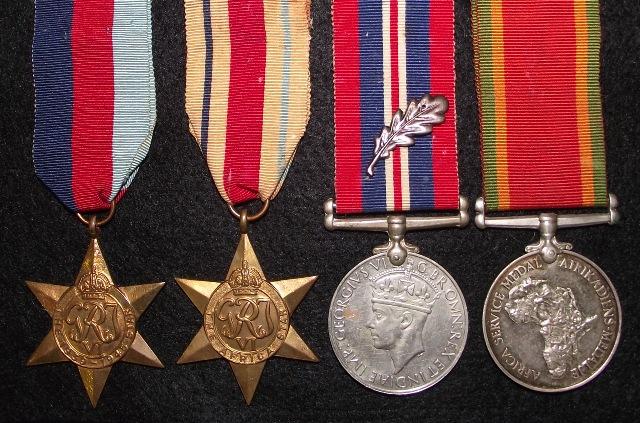
Hi Brian,
I absolutely love this group, brilliant multiple escaper group!
I wonder how did you find the Mention In Despatches recommendation?
Rob
0 -
Hello all,
I am attempting to research a man in the UDF who was taken prisoner during the Second World War. I am trying to get hold of any service record documents available but i haven't a clue where to start. Does anybody know where i can get these documents?
Many thanks,
Rob
0 -
Cheers John!
Yes i am so glad that the RFR LSGC is named and also that it bears the face of George V too rather than George VI like his ww2 entitlement. Ive never owned an RFR Lsgc either so its a double first and its a very pretty medal too!
Rob
0 -
As you can all understand, WW2 Royal Navy Prisoner of War groups are incredibly hard to find and i have been searching for a few years now to get my hands on one but finally i have!
Able Seaman Francis George Allcorn was born on the 17th of April 1902 in Marylebbone, London.
He enlisted in the Royal Navy in April 1920 aged 18 years. At the time, he was 5ft4, and had a 36 inch chest. He had Brown hair, grey eyes and a fair complexion. He also had a Sailor and Cross tattooed onto his left forearm and a Bird on his right arm.
In the early 1930s, he transferred to the Royal Fleet Reserve and was awarded his LSGC in 1935.
He served on the SS Lustrous as an RN Gunlayer and was captured on the 22nd of February 1941 when the SS Lustrous was sunk by the Scharnhorst from gunfire and shelling whilst on a voyage from London to Curacao in Ballast.
All of the crew survived including the ships Captain's cabin boy, John Hipkin, who was the youngest POW in the second world war.
Francis arrived at his first camp, Stalag XB at Sandbostel on the 4th of April 1941 and stayed until the end of July when he was moved to the new Marlag und Milag Nord camp at Westertimke about 30 km North East of Bremen. The men of Sandbostel were actually made to dismantle their barracks and rebuild them at Marlag and Milag.
Francis gave the date of the end of his incarceration as the 28th of March 1945 and he was interviewed on the 29th of March. This implies that he escaped the rest of the camp was not liberated until Early May 1945 but sadly there is nothing on the report which mentions how he got away.
In 1951, Francis was arrested for stealing from the stores and was imprisoned for 6 months.
I am very happy to have this fine group and i hope i wont be waiting another few years for another Naval POW group!
1 -
Hi Brett,
Swales VC is one of those which probably cause a lot of controversy in that over 17000 civilians were killed during the attack, however it is described as one of the most accurate bombings of the war.
Like many other Air Force VC's, he sacrificed himself and stayed at the controls of his stricken aircraft so that his crew could bale out and survive. Very sad and incredibly brave!
Just today, I was walking past Burlington Arcade in London and thought I'd pop into Hancocks who have always and still make the Victoria Crosses. I got a look at the replicas which they have produced a limited amount of and I must say they are very similar to the original which I have also held. Easily the best VC replica one can buy!
I am trying to find a South African Air Force P.O.W group for my collection so if and when I find one, I'm sure you'll enjoy it! I've just acquired a Second World War naval pow group which is the hardest of all to find so will be posting about that one soon!
Rob
0 -
This group is representative of Captain Lionel Colin Matthews GC MC.
The citation for the George Cross read:
Captain Matthews was as a prisoner of war held by the Japanese in Sandakan, Borneo between August 1942 and March 1944.
During this period although in captivity he directed personally an underground intelligence organization. By sheer determination and organization he arranged through native contacts for the delivery of sorely needed medical supplies, food and money into the camp — factors which not only kept up the morale of courage of the prisoners but which undoubtedly saved the lives of many.
He was instrumental in arranging a radio link with the outside world and was able to send weekly news bulletins to the civil internees on Berhala Island. He was also responsible for arranging for the delivery of fire arms to a secret rendezvous for future use.
Captain Matthews gained the confidence of H.E. the Governor of British North Borneo — himself an internee in that area – and was appointed to Command (although still a PW) the North British Armed Constabulary. At great danger he organized that body in readiness for a rising against the Japanese and also organized a movement amongst the loyal native population in Sandakan for a similar purpose. He gained contact with the Guerrilla Forces in the Philippines and successfully organized escape parties. His ultimate object was to link up with outside forces and to stage eventually a resistance movement and insurrection at the first opportunity.
These activities of Captain Matthews were carried out at the greatest peril to himself at all times. His contact with the natives was on a doubtful basis and he was in constant danger of betrayal and death. He accepted these risks fearlessly and showed the greatest courage and enterprise, although beaten and tortured by the Japanese.
He was in a position where he could have escaped on numerous occasions by means of the help of an organization set up by the Chinese but he declined, electing to remain where his efforts could aleviate the sufferings of his fellow prisoners.
He displayed the greatest gallantry in circumstances of the gravest danger. His leadership conduct, unflagging optimism and impertability were an inspiration to all closely associated with him in the resistance organization and to his fellow prisoners.
After his arrest by the Kempei Tai Capt. Matthews showed courage of the highest order. He steadfastly refused to make admissions under brutal torture, beatings and starvation to implicate or endanger the lives of his associates. His conduct at all times was that of a very brave and courageous gentleman and he worthily upheld the highest traditions of an Australian Officer.
Rob
0 -
Brett,
Funnily enough, one of the things that sparked my military interests was a book my father gave me when i was about 7 called 'British VC's of World War Two'!
I think my favourite VC of the second world war was Lt Col Geoffrey Keyes who was only 24 when he was killed whilst winning his VC for a raid an enemy HQ 250 miles behind enemy lines which was believed to contain Rommel. He coincidentally once got into a fight with Paddy Mayne, (For which Mayne was arrested) the legendary SAS warrior and Rugby Player who won 4 DSO's and was turned down for a VC!
0 -
Fantastic wings Brett! It's brilliant that they are attributed and great that they have been in your safe hands for the last 60 years too! Quick internet search shows that he served in 2 Squadron which operated Tommahawks, Kittyhawks and finally Spit's! very cool!
The first set of wings i posted (Padded kings crown) belonged to Flt Lt Frankie Hall of 1 Sqn and later 60 Sqn ( I have his medals too). He flew Hurricanes throughout the war over England and France (Flew alongside Karel 'Kut' Kuttelwascher, the Czech Ace) and then moved out to Burma. In 1944, his Hurricane crashed and hit the ground whilst he was leading a patrol. It is thought that the oxygen in his cockpit failed and he passed out at the controls. A sad end for a brave pilot.
Thanks very much for posting!
0 -
nobody got anything to share?
0 -
Very interesting for me as I go to the Lansdowne club for supper or drinks fairly often!
I shall have a look out for this chaps name when I next go!
0 -
Gunner,
Wow, that's a great bit of information! I'll have to get a copy of the book!
Thanks so much for taking the time to find this out!
Rob
0 -
-
Here is a fine pair of RAAF pilot wings taken from a Sgt Pilots uniform I believe
Next are two different variants of observers wings. These were phased out in 1942 and replaced by Navigator Wings I believe
Here we have some RCAF Air Gunner and Wireless Air Gunner half wings
Here are some British AG half wings, one padded and one flat type.
0




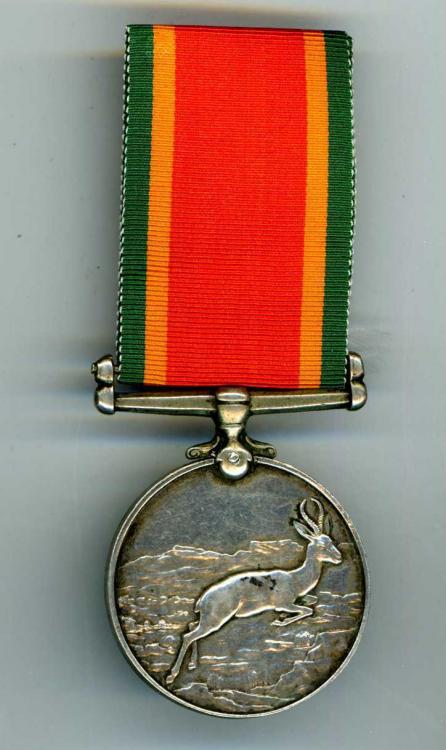

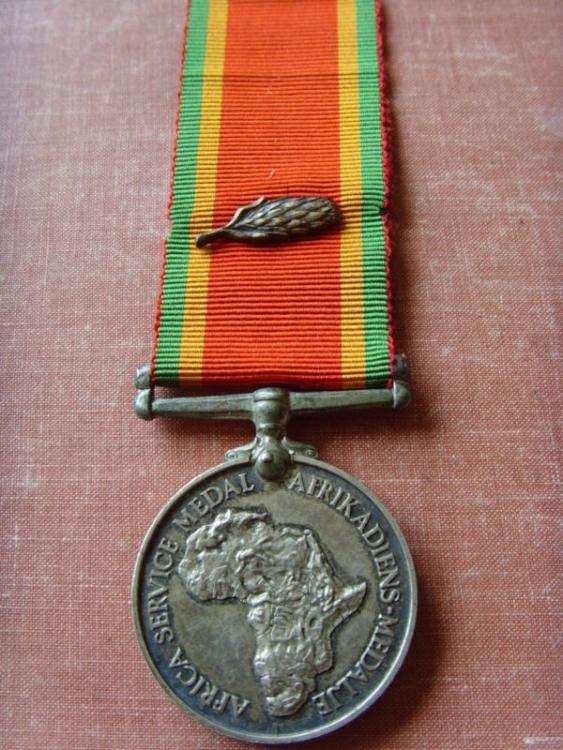
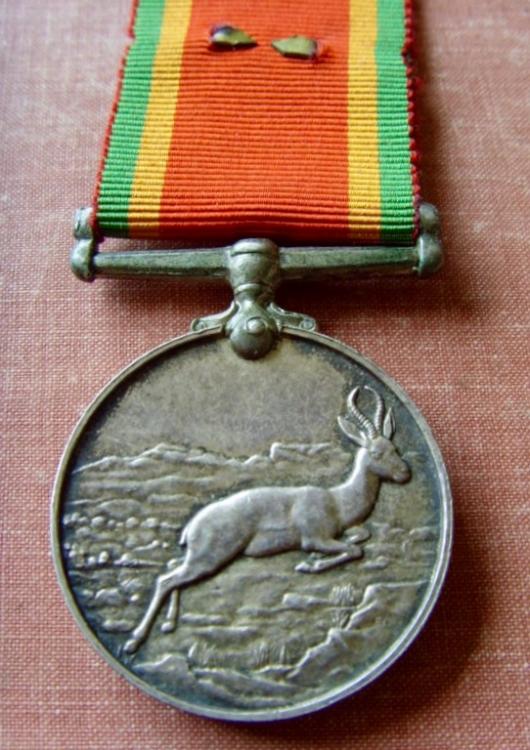

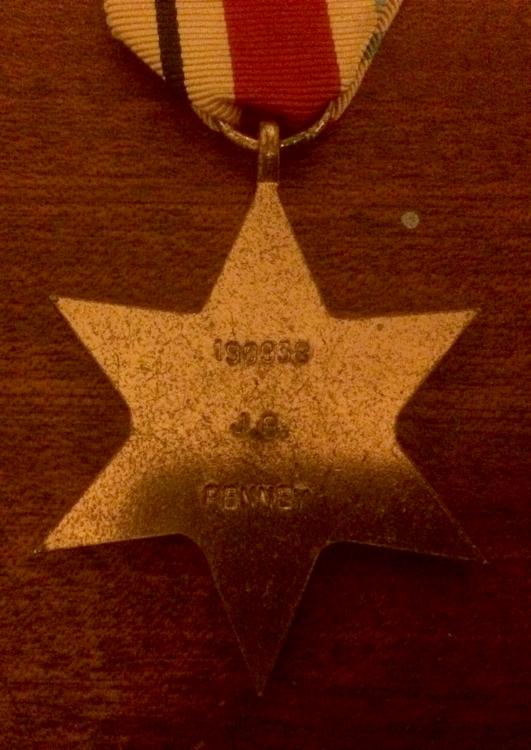
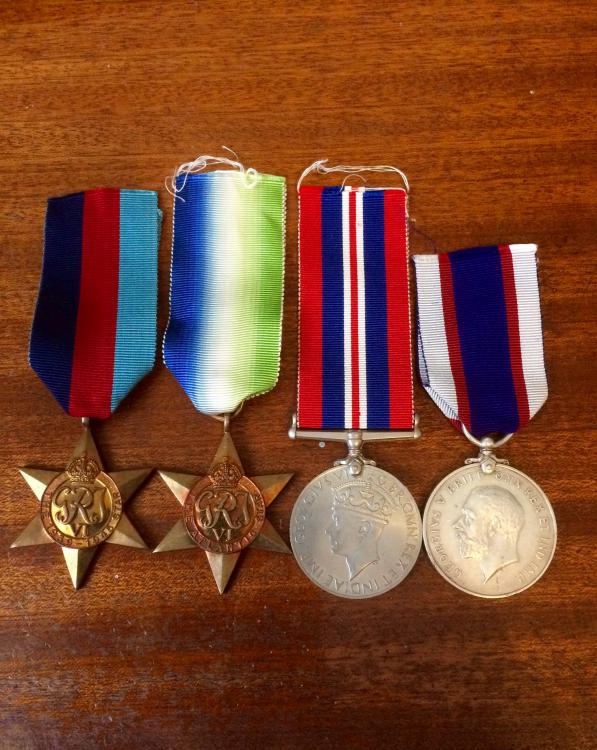
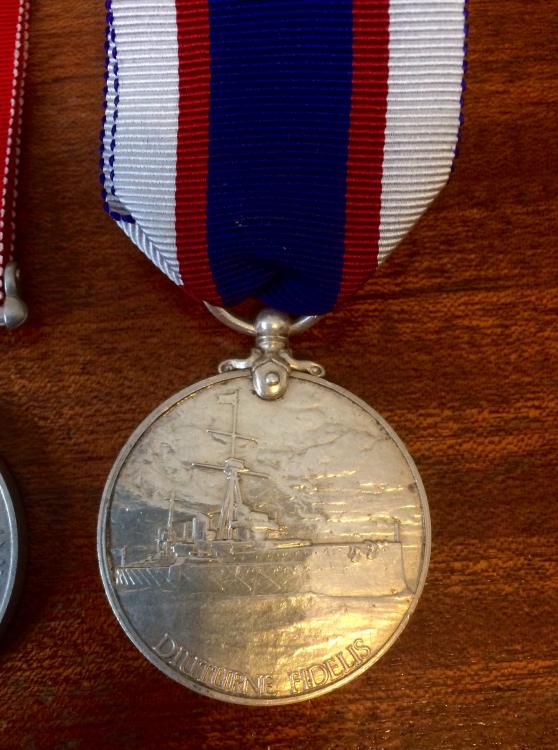
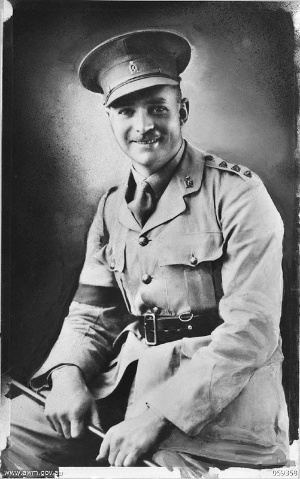
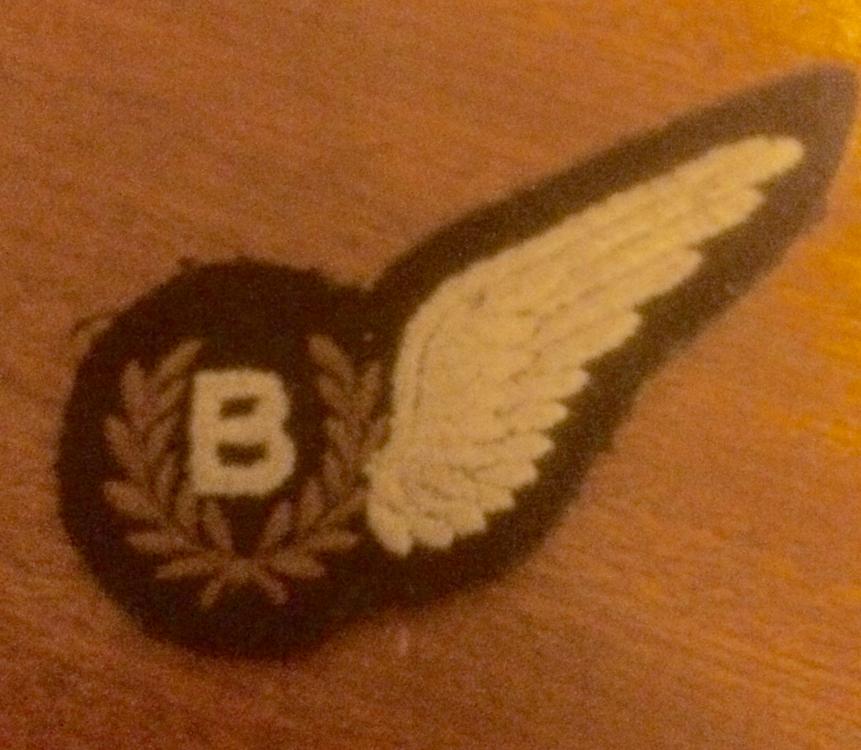
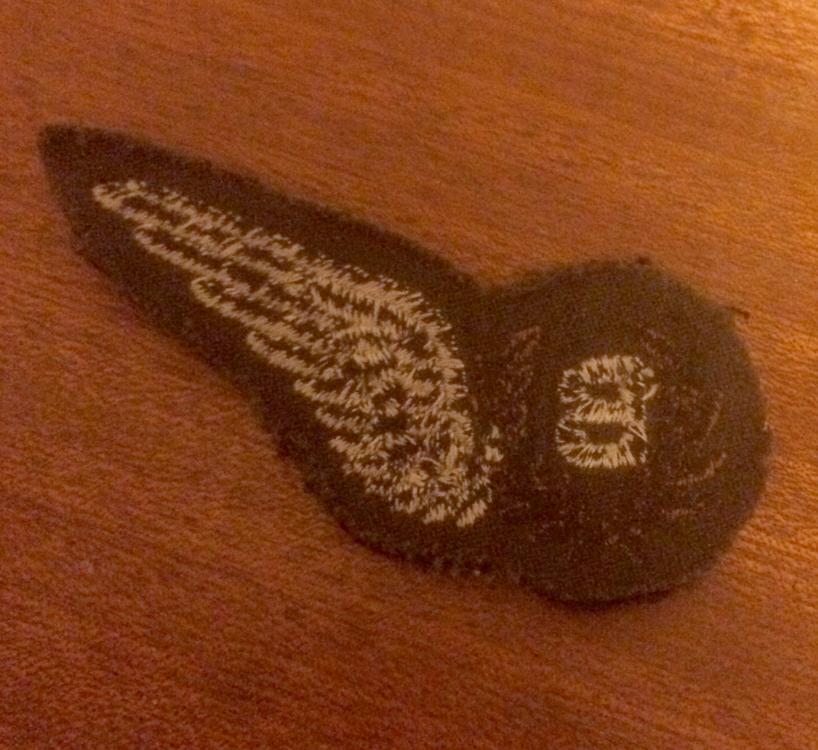
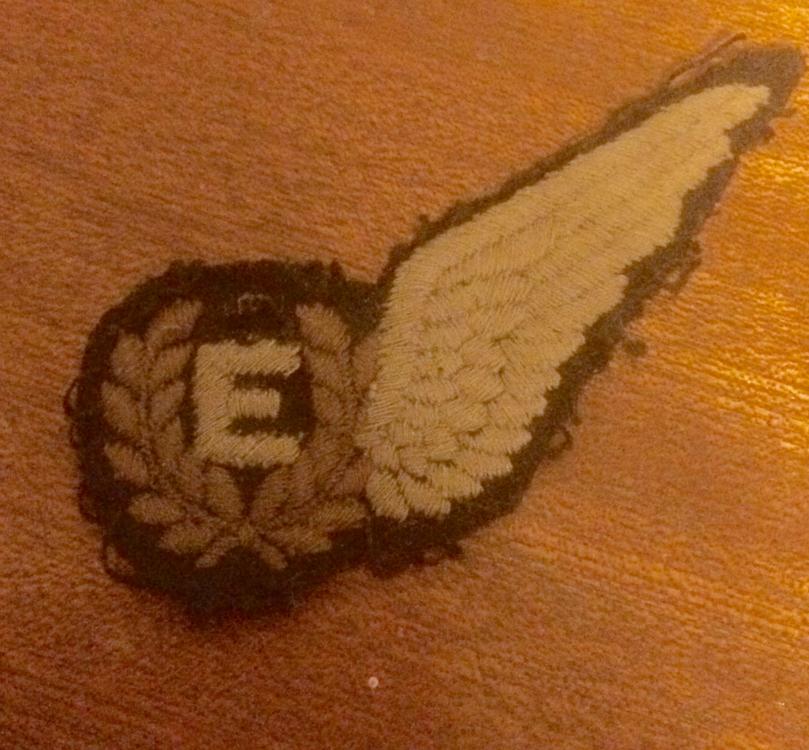
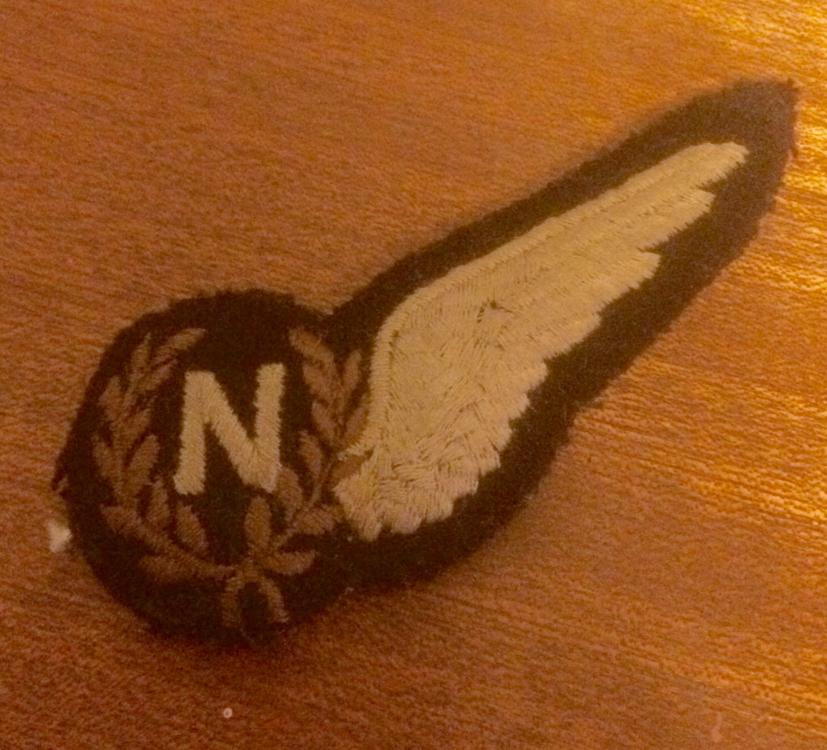
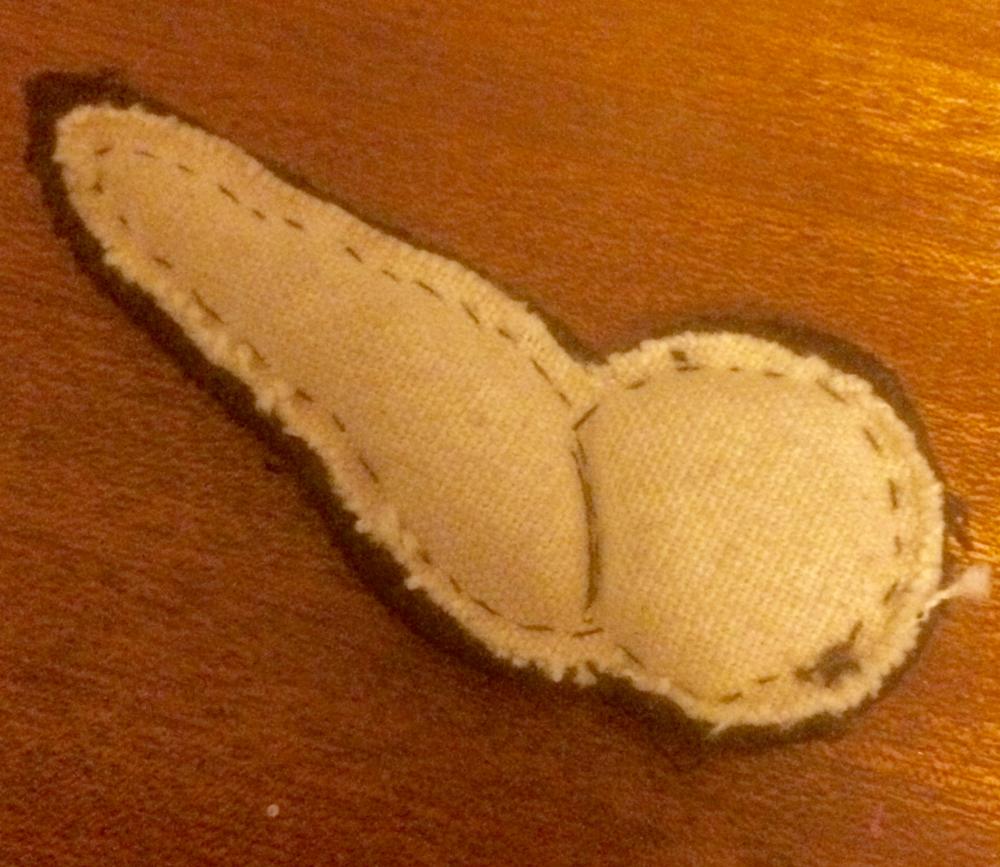
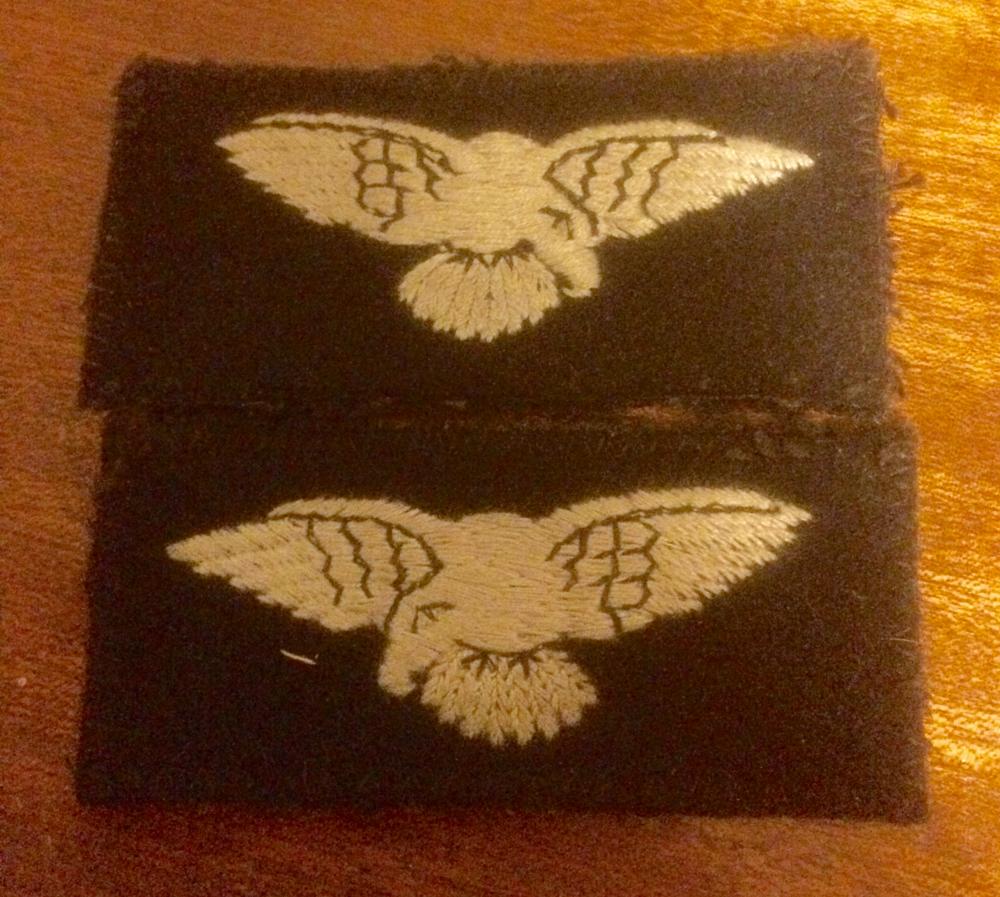
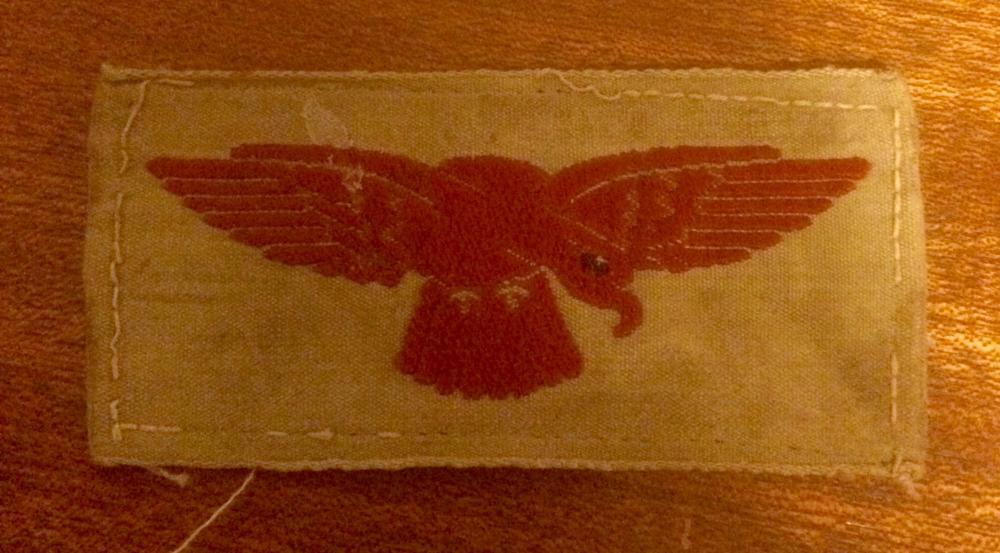
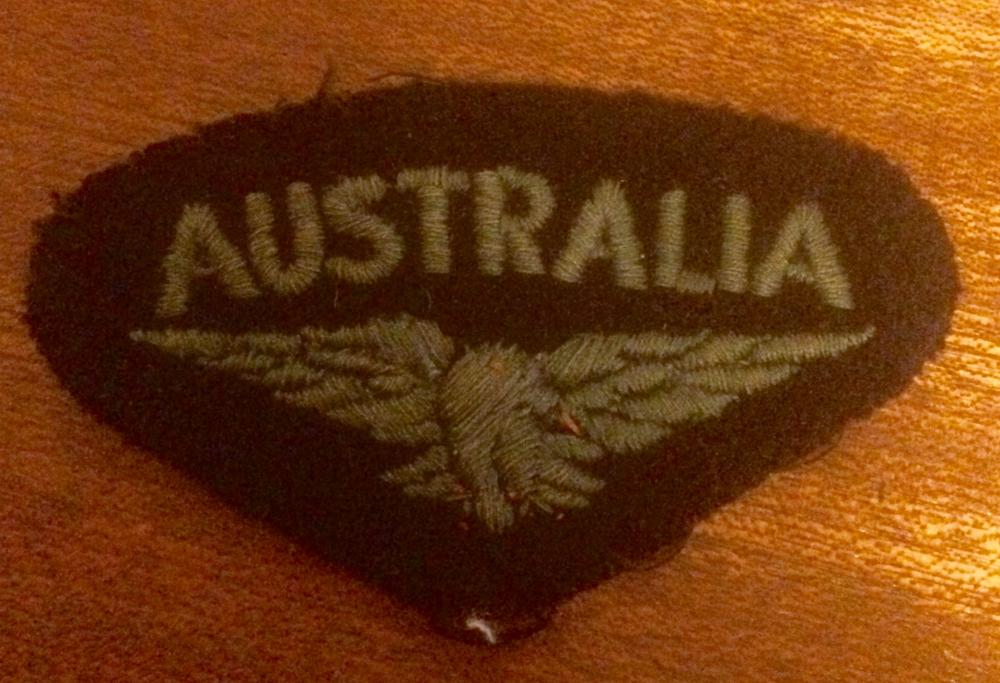
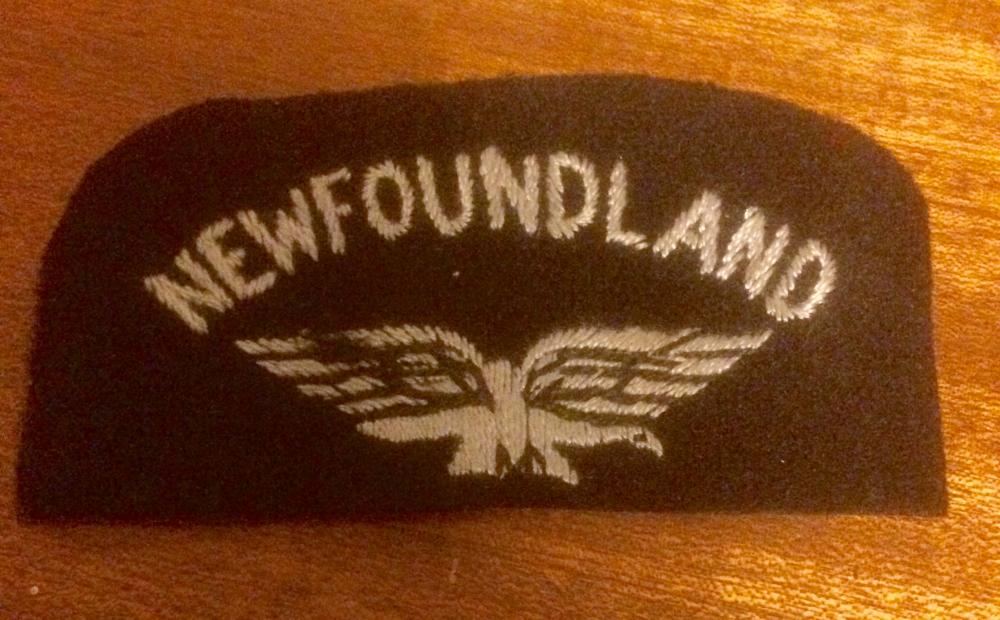
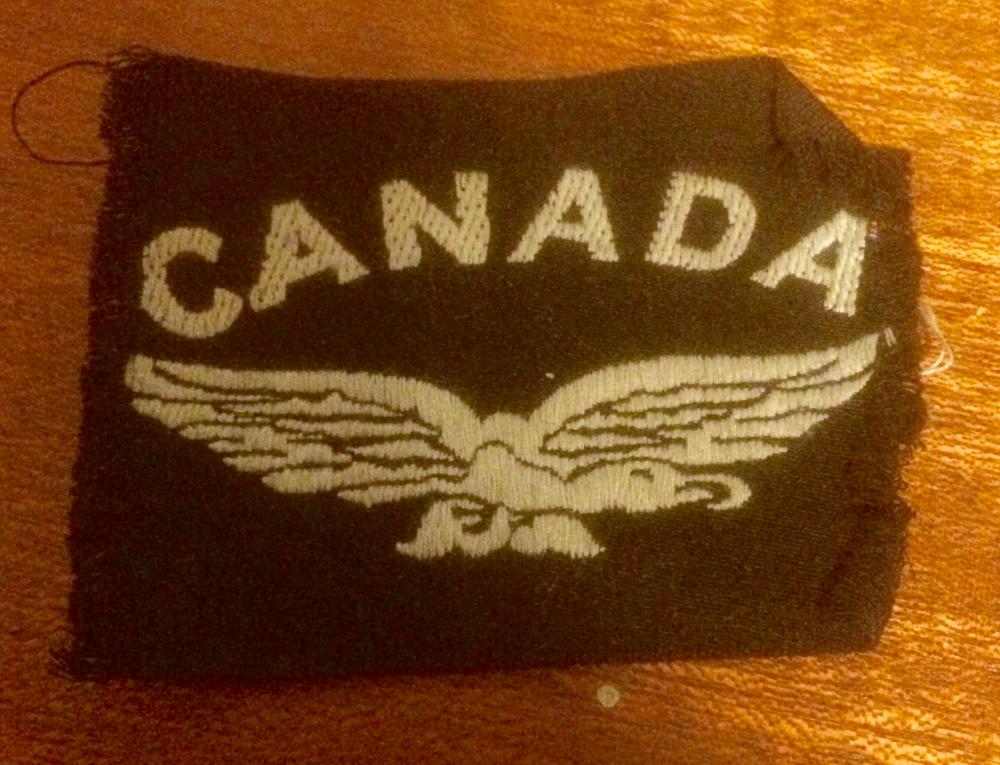

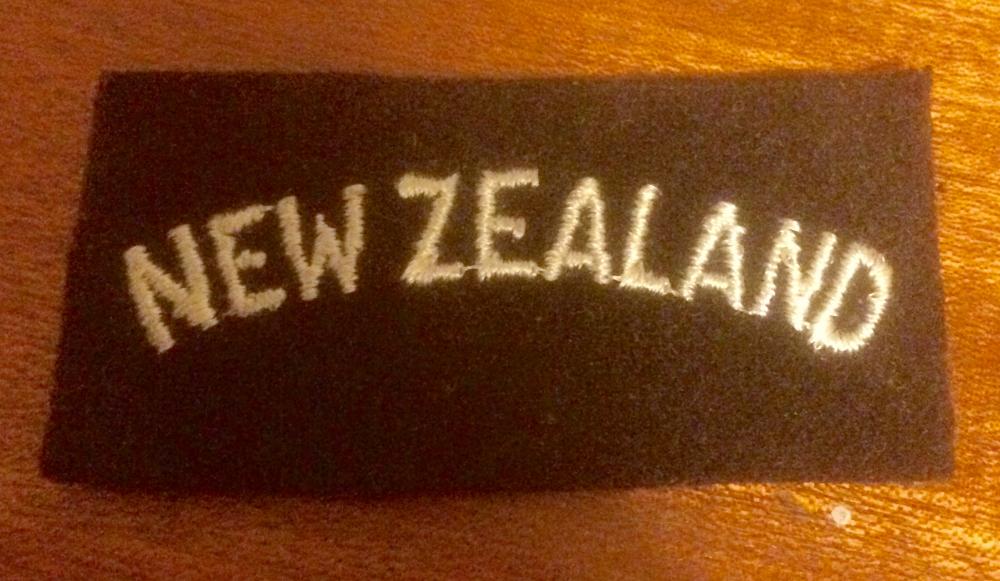
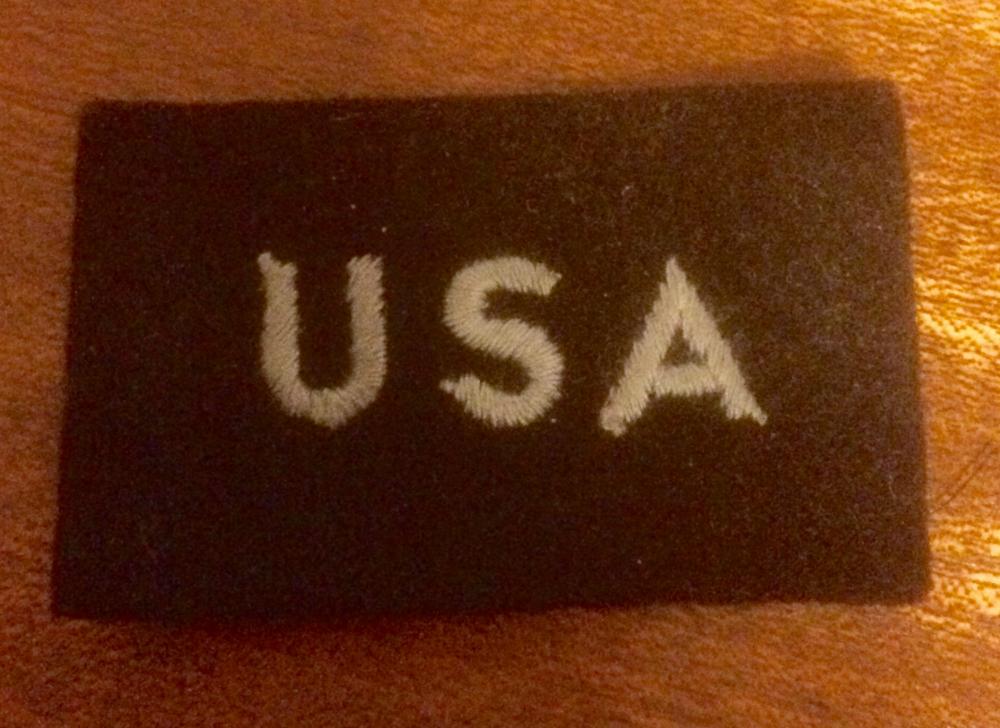
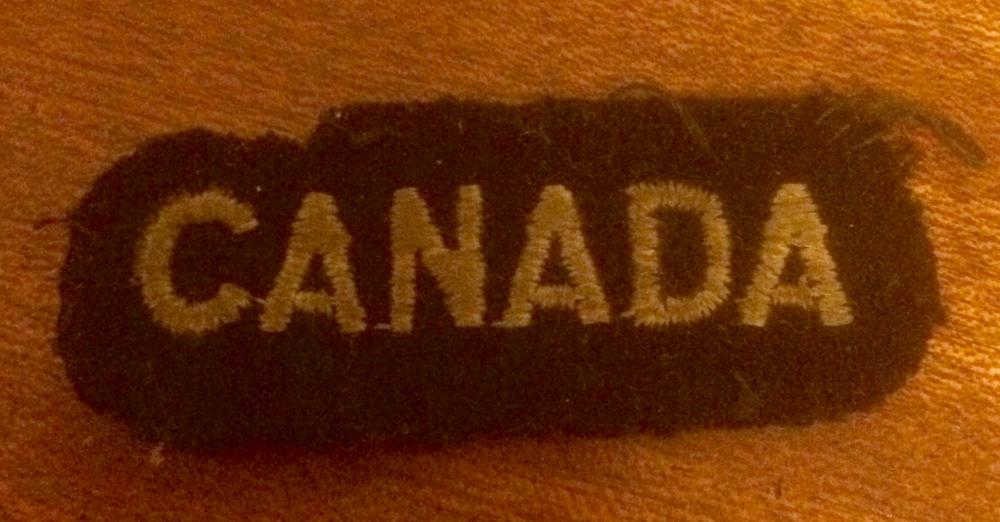
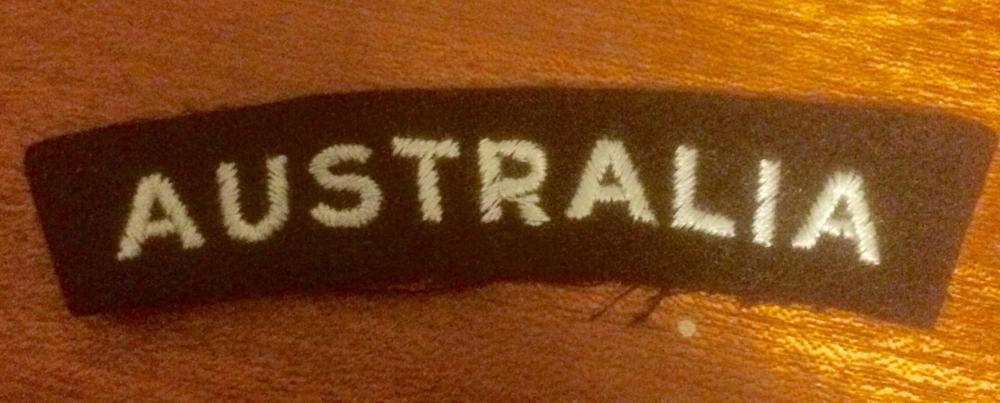
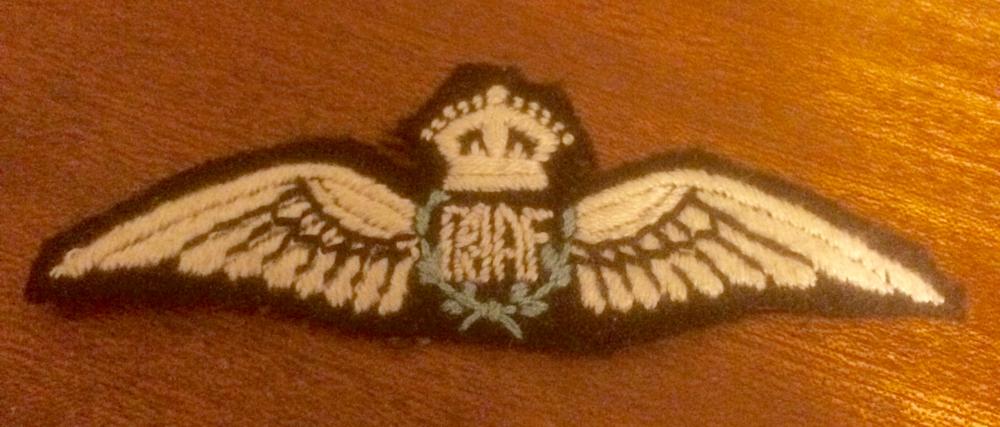

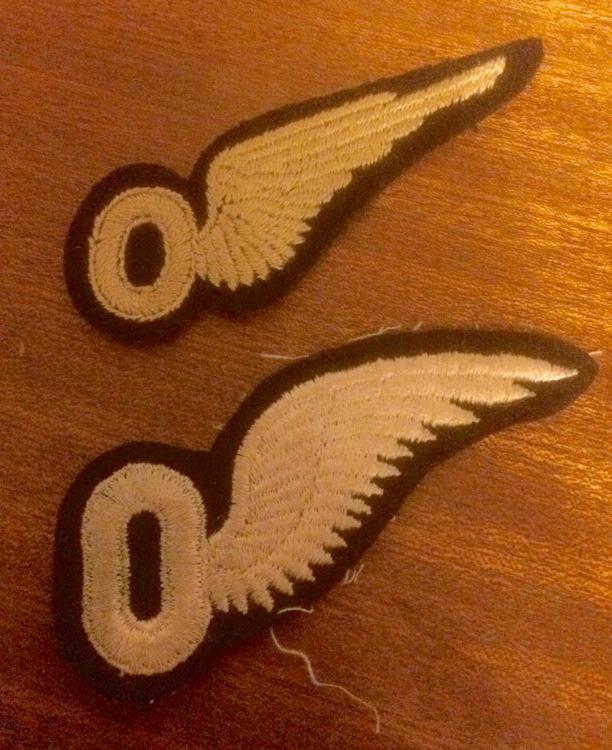
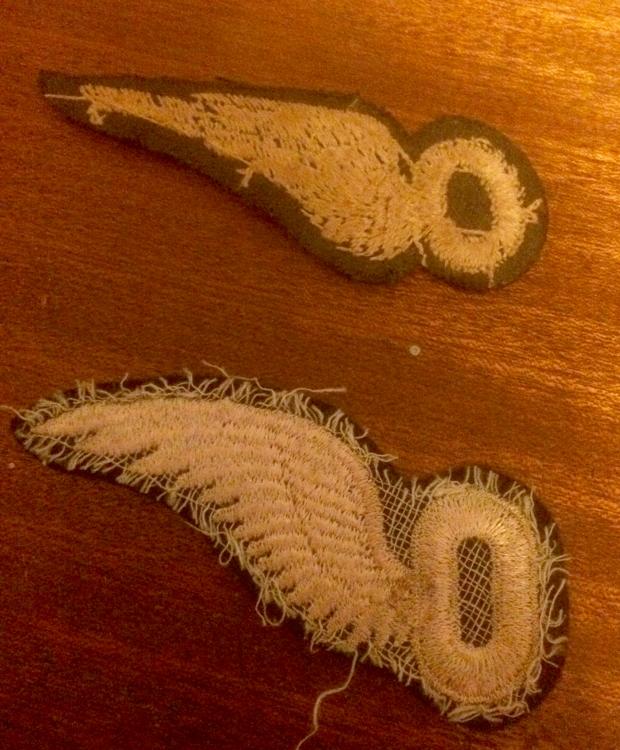


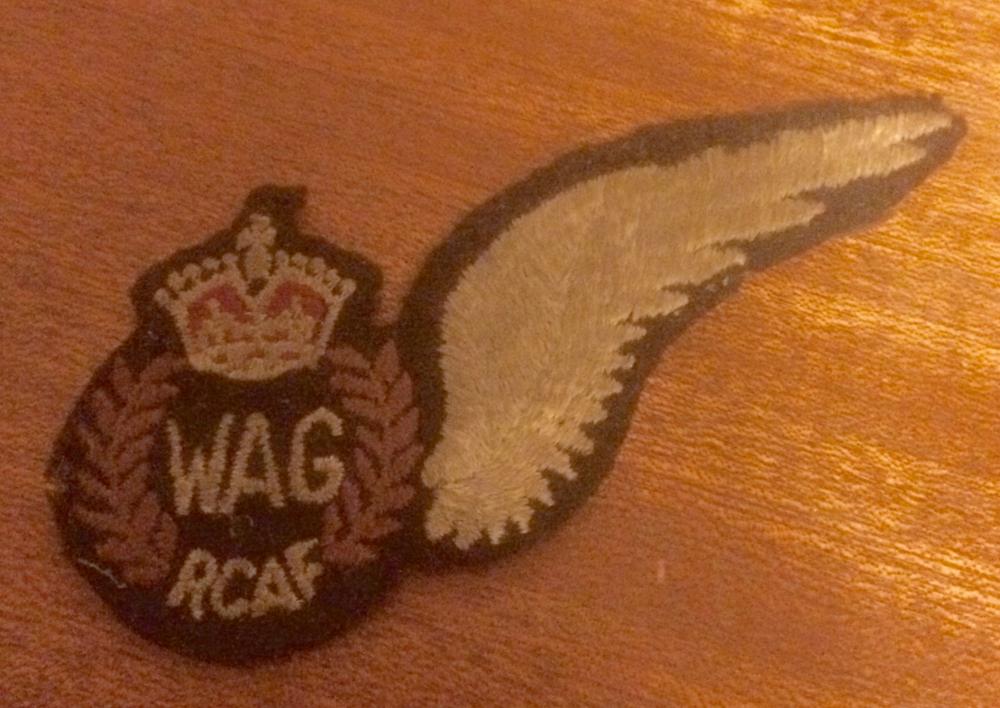
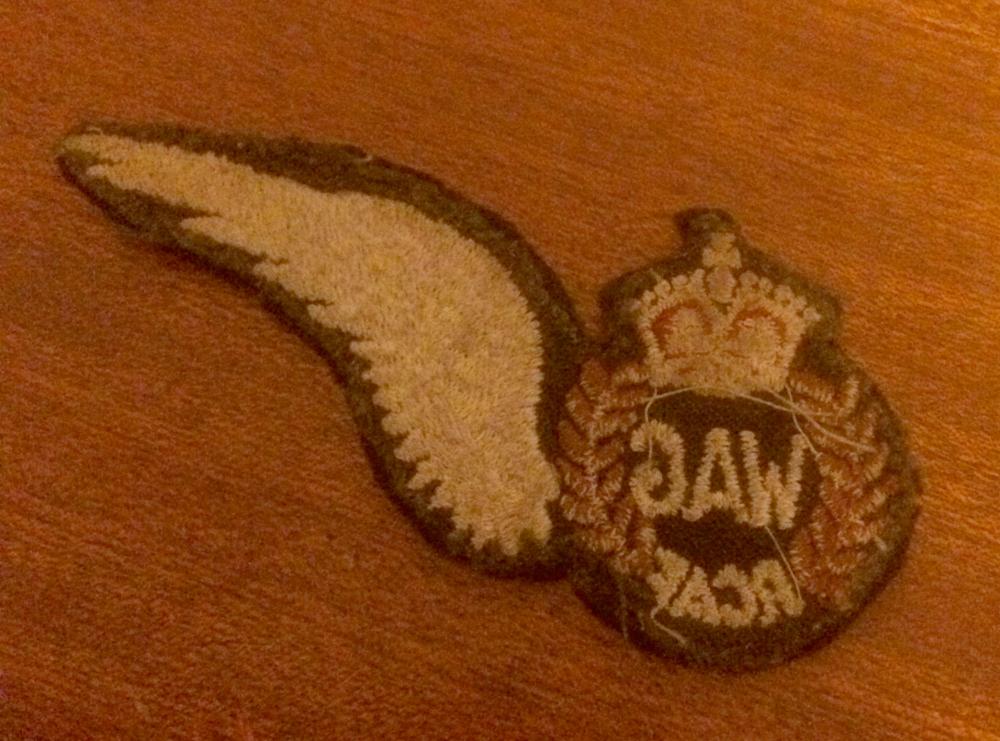

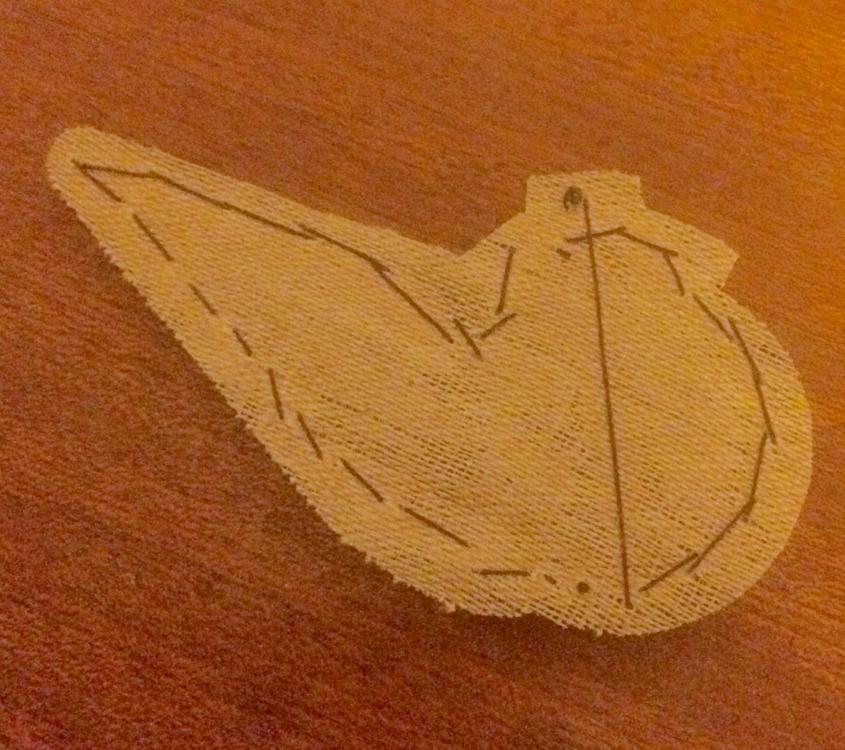

My Prisoner of War Collection
in Great Britain: Orders, Gallantry, Campaign Medals
Posted
Apologies, Rudd moved to 603 squadron in July 1941, not 601 as i put!